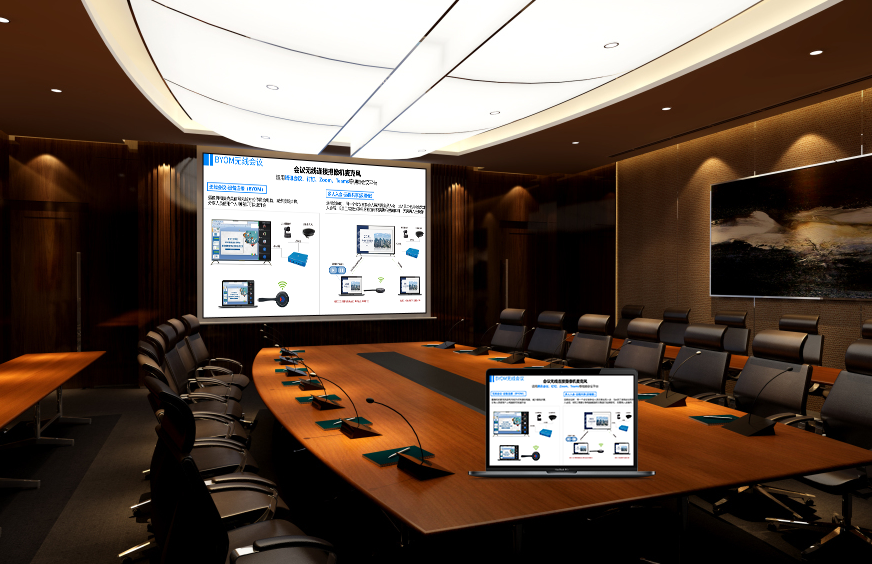In the wave of digital transformation,
wireless screen mirroring technology has become the core infrastructure for modern education and enterprise collaboration. Understanding the evolution of this technology helps us better grasp the construction direction of smart classrooms and wireless meetings.
- An early wireless display solution launched by Intel
- Required specific hardware support (Intel processors and wireless cards)
- Laid the foundation for the development of subsequent technologies
- Based on Wi-Fi Direct peer-to-peer transmission
- Widely supported by Android and Windows devices
- Realized true screen mirroring functionality (full-screen real-time synchronization)
- Exclusive screen mirroring solution for Apple devices
- Delivers seamless experience within the Apple ecosystem (iPhone, iPad, Mac, Apple TV)
- Supports both audio/video casting and full-screen mirroring
- Compatibility: Miracast offers the strongest universality across different platforms; AirPlay excels in ecosystem integration.
- Transmission quality: AirPlay features the lowest latency; Miracast continues to optimize stability and synchronization.
- Ease of use: Each protocol has its specific advantageous scenarios—AirPlay for Apple users, Miracast for cross-platform needs.
- Supports simultaneous screen mirroring from multiple devices (teachers’ computers, students’ tablets)
- Enables dynamic display of teaching content (real-time annotations, demonstration operations)
- Promotes interactive communication in classrooms (instant sharing of ideas and questions)
- Allows independent screen mirroring and discussion within each group
- Facilitates quick switching and display of group results
- Improves the efficiency of group collaboration and knowledge sharing
The continuous evolution of wireless screen mirroring technology provides more comprehensive technical support for the construction of smart classrooms and wireless meetings. Understanding the characteristics of each protocol helps make more appropriate choices for specific scenarios.

